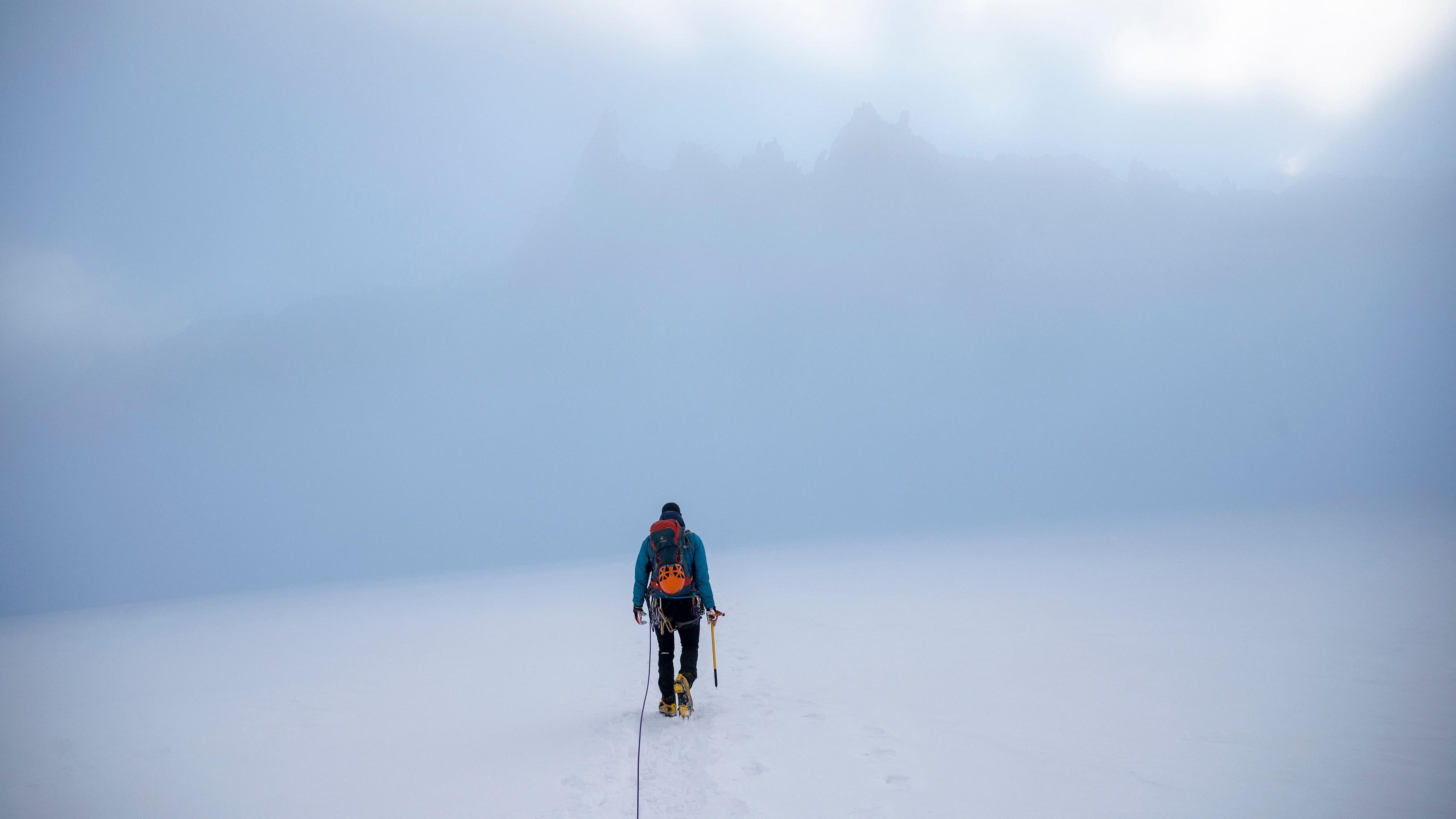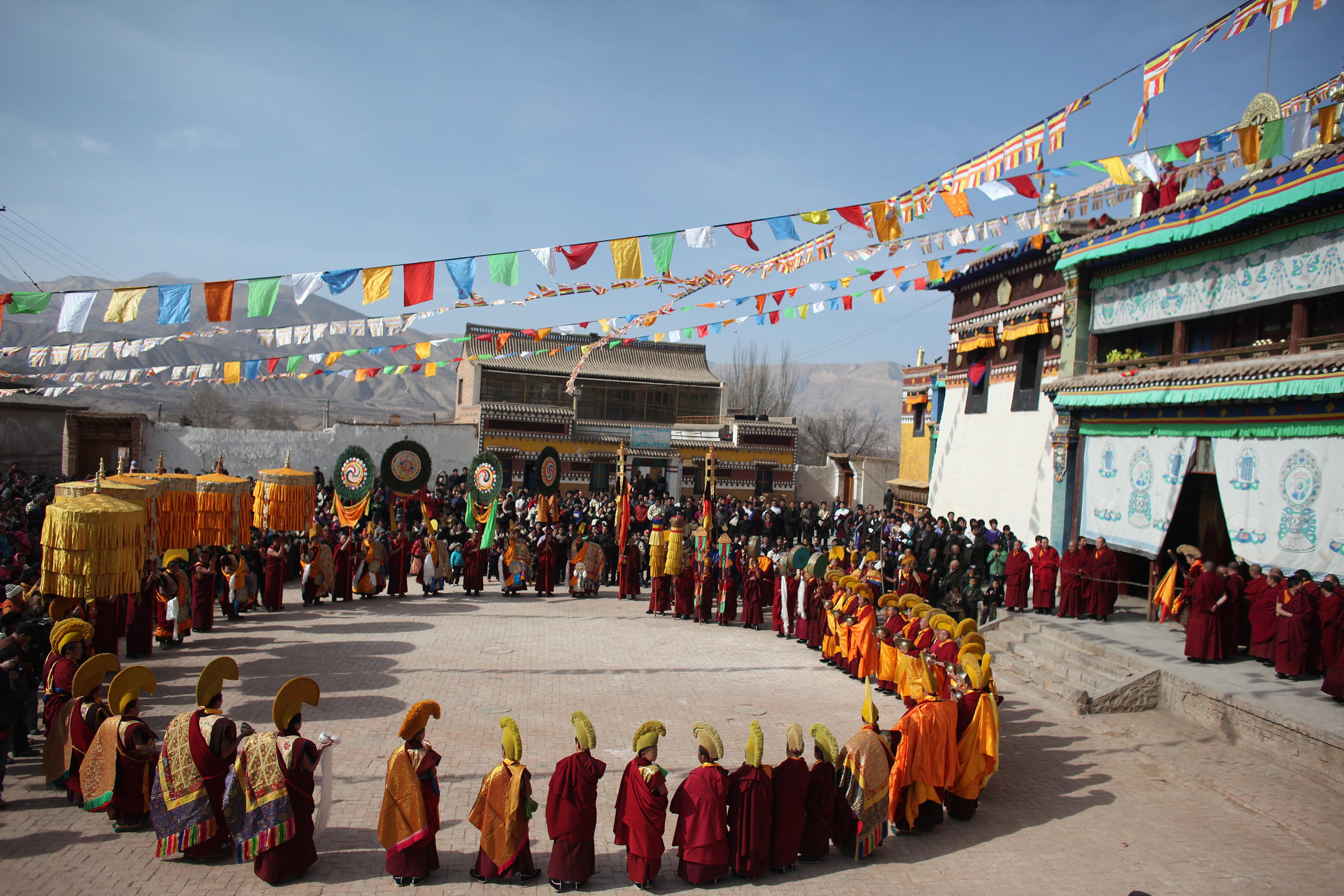Mindfulness meditation is routinely portrayed as a simple, happy, pleasant mind-hack that can help improve almost every aspect of our lives. Just a few minutes of mindfulness, on a few different occasions, is all it takes to reap the benefits of this life-changing practice. If anyone feels hesitant, we’re reminded that it’s just like fitness for the mind – and who wouldn’t benefit from a little mental exercise?
Yet the way mindfulness meditation is commonly branded doesn’t reflect the varieties of ways it’s practised or its consequences. While it might be simple, at least in principle, it certainly isn’t easy – as the so-called ‘father of mindfulness’, Jon Kabat-Zinn, has said repeatedly in his books and presentations. While it can lead to positive feelings or pleasant experiences, it can also cause discomfort. Sometimes meditation leads to new or worsened anxiety, depression or other mental illness. It’s clear then that the answer to the question ‘What’s the worst that could happen?’ is considerably more severe than most pundits would suggest. What’s more, the ethics, values and assumptions behind the practice aren’t always made clear. Thus, meditation is less like exercise in general than it is like mountain-climbing – something potentially strenuous that, depending on your objectives, you should approach with caution, training and an awareness of the risks.
I don’t mean to evoke the old adage that there are many paths up the mountain, all of which reach the same peak of spiritual enlightenment. The goal of practice, as I see it, is not some otherworldly outcome, but to acquire skills that can help in day-to-day life. A focus on the everyday doesn’t preclude transcendent outcomes but remains agnostic to them. To return to the analogy, think carefully about mountaineering itself. There are numerous peaks of varying heights, which you might think about as different goals. There are paths of differing difficulty up those mountains, reflecting the challenges associated with different techniques. And there are precautions you should take, including finding a good guide and evaluating your own suitability – but some people still get hurt even when they do everything ‘right’. And it’s worth remembering that there are those who simply aren’t interested in climbing mountains in the first place.
It’s true that meditation can be done anywhere, anytime, by oneself or with others – much like many forms of exercise. However, there are certain situations that are more conducive to it than others. Having a quiet place to sit, along with a cushion or a timer, is likely to help achieve the right mindset; meditation in Times Square would require a level of attentional focus that only a privileged few might claim. The point being, if you’re keen to go climbing, you need at least some hills or a wall with gripping points. Meditators attend studios, retreat centres, temples, or practise on their own at home. Similarly, climbers practise in all sorts of different contexts in preparation for scaling some of the most challenging mountains – perhaps comparable to lengthy silent meditation retreats.
The practice of meditation itself is as diverse as the religious, spiritual, secular and medical contexts from which it emerges. You might meditate with your eyes open or closed; by focusing on the breath or repeating a mantra; by staying perfectly still or walking slowly. The goals of meditation are also diverse, ranging across improved wellbeing, connecting to something greater than oneself and even achieving enlightenment. Similarly, mountaineers use a variety of techniques and there’s no real consensus as to the ‘rules’. Certain approaches or techniques that might suit one mountain or path might not apply or be as useful for another. Goals likely vary as well: some want an extreme challenge, while others simply want a different way to get fit.
It’s striking that the recent resurgence of meditation practices has mostly involved middle- and upper-class individuals. Despite beliefs to the contrary, even in traditional Buddhist monasteries, only a small group of privileged monastics dedicated their time to meditation. That’s not to say that meditation can’t be used by the less privileged, of course, but most attempts to commercialise meditation target those with disposable income. In a similar way, mountaineering has often been considered a hobby for the wealthy elite, though it has gained traction among the middle class in the past 200 years. In both cases, changes in technology and working life created more disposable income and leisure time among a wider middle class. As a direct result, those individuals sought out new activities that were previously inaccessible.
The links between meditation and mountaineering aren’t limited to surface aspects of goals, methods and popular appeal. One key similarity concerns the importance of teachers or guides. Anyone can take up meditation, regardless of how well or poorly delineated the practice might be. While there have been efforts to establish international standards in specific areas, it’s largely unregulated. Similarly, anyone can take up mountain climbing at any point, with few to no qualifications. Yet, the more dangerous the climb, the more likely people are to use professional guides. I only wish the same were true for meditation. While the depths of the mind can be complex and treacherous, many decide to try to go there without guidance or support.
The place of safeguards is another area where meditation is distinct from general exercise. There are plenty of systems and guidelines to help us figure out how to approach meditation ourselves, with buffers and safeguards: think meditation teachers, psychologists and psychiatrists. Yet the popular analogy that meditation is just like exercise encourages many to try it out, on their own, in a variety of contexts where it might be unhelpful or even harmful. Sure, some engage in mountaineering without securing the support of a guide or training – but I suspect that far fewer people spontaneously commit to scaling the Swiss Alps than to attending a 10-day meditation retreat.
Another important consideration is where to start. Meditation shouldn’t be for an exclusive few – but the goal, the nature of the journey, and the qualities of the meditator can help calibrate where someone ought to begin. The challenge of climbing a ‘beginner’s’ mountain, in optimal conditions, when you’re broadly fit and healthy, is quite different from being a ‘couch-potato’ who suddenly decides to summit K2. Likewise, trying out five minutes of online mindfulness meditation is quite different from doing a 10-day Vipassana retreat or an eight-week clinical mindfulness programme. Being aware of one’s mind makes a difference in meditation too. If you’ve never explored the depths of your psyche, and/or have a history of unexplored trauma or untreated mental illness, it would be reckless to launch into formal meditation practice, in the same way that someone with physical limitations would be ill-advised to embark without training on a challenging mountaineering expedition.
An important factor in figuring out where to start is reflecting on what one hopes to gain. Much like mountaineers, different meditators have different goals. Some are quite happy to have the view from the top beamed to the comfort of their living room. Some might be adamant that the view is meaningless unless you’ve climbed to the top yourself – a stance that’s perhaps analogous to practitioners who commit to regular meditation over many years. Meanwhile, some might not want to climb at all. Meditation isn’t for everyone, and there are many routes to mental wellness and the kind of mental states achieved through rigorous contemplative practice. More research is needed to figure out how different goals are best achieved. Small hills (such as feeling a bit happier) might be achieved with minimal practice. Medium hills (such as managing common mental illness) might require ongoing, regular practice of modest duration. Larger hills (such as establishing emotional balance or achieving enlightenment) might require commitment to a lifetime of regular meditation.
Most people will get a bit stuck along the way. Meditation, like mountaineering, has false summits – when you think you’ve reached the top but have much additional ground to cover. When it comes to meditation, the matter of who has attained advanced spiritual states is a matter of serious debate. Many scholars and practitioners argue that one can unhelpfully cling to certain experiences or claims of attainment – a false summit. In other words, people cling to certain ideas of what meditation will yield, chase particular states, and make claims of having achieved a certain status, when in reality they might have much further to go or issues still to resolve.
Life is change; at different points in our life, we will face different challenges, or the same challenges with different resources. Much as the difficulty of climbing a mountain depends on wind, snow or erosion, the difficulty of introspection can change over time based on internal and external events. Individuals might be more prepared to examine the depths of their mind or to pursue things such as enlightenment at various stages in their life, depending on wellbeing, social support, income and responsibilities. During stressful times and limited resources, looking deeply within might prove more challenging than when all is well and support is abundant. Clinging to a set path could also be actively harmful if circumstances change. You wouldn’t continue on a path that had been snowed under by an avalanche; you should shift the type of practice you are doing if it is proving unproductive or harmful.
Real meditation looks quite different from its popular depiction as a breezy, positive way to achieve ‘mental fitness’. So, next time someone tells you to ‘exercise your mind’ or sign up for a meditation retreat, perhaps say you’ll climb that mountain if and when you feel ready. You might explain that it’s not as simple as doing the mental equivalent of a few sit-ups to get in shape. Exploring one’s inner world can be a profound and life-changing experience, but it must be approached with respect for the risks and some idea of the journey ahead. Reaching the summit of the mind via a careful, guided trek could present the challenge of a lifetime. It’s not as simple as taking a few more strolls around the block.








